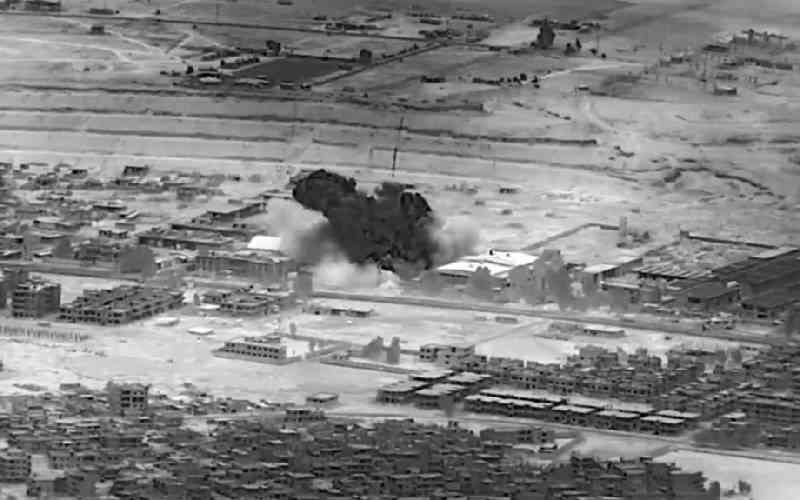×
The Standard e-Paper
Stay Informed, Even Offline

Iranian-backed militias do not appear to be backing down despite a U.S. airstrike thought to have largely destroyed a key weapons storage facility in eastern Syria.
The Pentagon on Thursday hailed the strike, carried out by two U.S. F-15 fighter jets late Wednesday, as a success, citing a series of secondary explosions that left the building "non-usable." But U.S. officials also admitted that, at least for now, it failed to slow the pace of attacks by Iranian-backed militias on U.S. forces in the region.